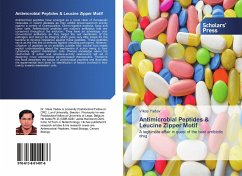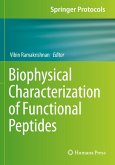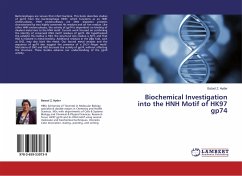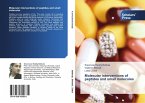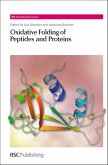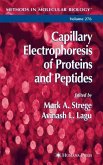Antimicrobial peptides have emerged as a novel class of therapeutic molecules in recent decades as they exhibit broad-spectrum activity against a variety of Gram-positive, Gram-negative bacteria, fungi and tumor cells. Antimicrobial peptides are nature's antibiotics that are conserved throughout the evolution. They have an advantage over conventional antibiotics as they target the cell membrane of the pathogen and disrupt its integrity which gives very little scope for the bacteria to develop resistance against these peptides. These peptides serve as the first line of defense against intruding pathogens. However, utilization of peptides as an antibiotic outside their natural host needs explicit understanding about the mechanism of action owing to their cytotoxicity against mammalian cells. Precise knowledge about the mechanism of action and structure-activity relationship will aid in designing novel antimicrobial peptide-based therapeutics. Therefore this book describes the basics of antimicrobial peptides and illustrates the experimental work done for identification of factors involved in their toxicity towards mammalian cells.
Bitte wählen Sie Ihr Anliegen aus.
Rechnungen
Retourenschein anfordern
Bestellstatus
Storno

